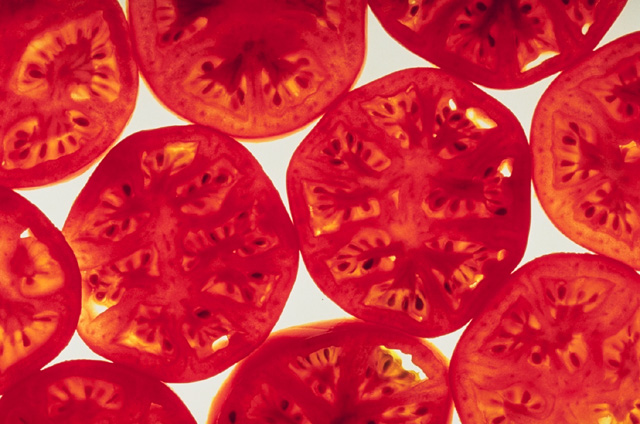Today's entire animal entry could also be called The Mystery of the Chicken.
When you purchase a whole chicken* (or really most fowl, but chicken is most common), happy or not, you usually receive a bag of some sort, hidden within the body cavity. For years I simply threw this bag away, not even bothering to open it and seek the enlightenment that is within.
Relish the mystery hidden within the chicken, do not get rid of it. Today will be about identification and principles of use.
The Mystery of the Chicken
- 1 bag from within the cavity of a fowl
So, first, for a tour of the (most typically included) parts:
 | ||||||
| Chicken Liver |
 |
| Chicken Necks |
 |
| Chicken Gizzards |
 |
| Chicken Hearts |
Now, do not fear these parts. All are delicious, and their being labeled as 'grisly' or 'gruesome' or 'disgusting' is more a social convention from a society that prefers eating blobs of vaguely meat-like substances that do not remind them that an actual animal has died to give them food (think boneless, skinless, chicken breast). If you are lucky (like me) and have a farmer from whom you get your chickens, you may also be able to procure some less common fare like chicken's feet and lungs.
Chicken Liver:
- The liver usually has a vein or two running through it. You can simply slice it in half and gently pick it out with a finger or knife. You can also leave it in, but this can get a bit rubbery when cooking.
- The liver should have a nice reddish to reddish brown color to it. If it has taken a greyish-brown or greenish hue, it is best to wait until next time to eat it.
- If you dislike the 'bloody' taste of liver, you can soak your chicken livers in salty milk or buttermilk for an hour or two and this will lessen the flavor.
- Livers lend themselves best to quick cooking or pulverization. That is, either fry your livers very quickly and serve them rare, or cook them thoroughly and mash them into a paste (or in a more refined manner, pâté). Overcooking results in rubbery livers that are unpleasant to eat.Chicken Neck:
- The chicken neck is a versatile piece of the chicken, don't be afraid of its boniness or in-your-face reminder that there used to be a head attached.
- The meat on the chicken neck is really the same as is found on the wings or thighs, dark and robust.
- You can use the neck in your stocks, as it lends its robustness well to the overall flavor (do remember to pick the meat off it and eat after you have finished your stock though). Otherwise, an excellent use is to thread a skewer through it, add a nice spice rub and some fat and grill away! It is like a bony popsicle, perhaps only rivaled by grilled veal tails. Smoked chicken necks are a great idea that I just now thought of.Chicken Gizzard:
- The gizzard is the one part that I can understand a bit of revulsion towards. The texture is gritty, as chickens grind their food with their gizzard rather than teeth. You must give it a chance though, don't think of the texture as 'gritty' as this reminds one of sand or something generally inedible. Think of it as 'pleasantly crunchy.'
- Gizzards, if you are unable to eat them as is, are also good for adding to stocks. After a few hours of boiling, they can be added to livers and ground into a nice pâté. For cooking, a nice breading and frying in duck fat or beef tallow really helps the gizzard to find itself. Crunch and pop! Great with a Campari & White wine before dinner.Chicken Heart:
- The heart is an unsung hero of chicken offal. Collect as many hearts as possible, as once eaten, you will not be able to easily resist eating another. There is often a bit of bubbly fat around the heart - this can get a bit tough when cooked, so trim it off.
- Cooking the heart is best done in one of two ways. The first is to split the heart open (marvel at the chambers and valves), pound it with a hammer and sear it quickly. The second is to thread a number of hearts on a skewer, season, and grill whole. If you enjoy Gushers candy, you will definitely enjoy the way that the grilled hearts explode when you bite down.
If you are serious about eating offal, I might even be persuaded to give up a recipe or two for some of these bits if asked nicely. Love your animals, and eat everything they offer.




